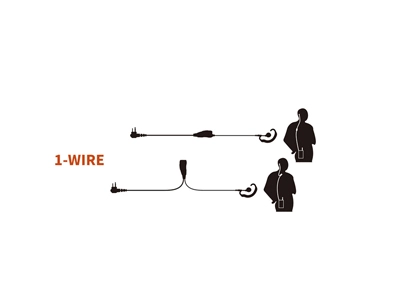Different walkie-talkies usually cannot communicate with each other.
To achieve signal interworking, must meet the fllowing conditions:
The premise of intercommunication between the walkie-talkies is that the communication frequency set between the walkie-talkies should be modulated to be the same. Some walkie-talkies of different brands may have the same frequency band. After writing the same frequency for the walkie-talkie through the frequency writing software, the signal can communicate with each other; if the frequency band is different, it depends on whether the walkie-talkie has a common frequency band. Then set the frequency to be the
same, and can work.
Only when the signal can be received then they can communicate with each other. If they are out of the coverage area of the signal, even if the frequency is adjusted to the same, it cannot communicate with each other.
In order to prevent unnecessary signal interference, sometimes the walkie-talkie will be set to receive sub-tone. When the sub-tone of the wireless signal sent by another walkie-talkie is different from the received sub-tone, the walkie-talkie will not be able to communicate with each other.
Some walkie-talkies, (such as digital walkie-talkies), with a security key or ID for the communication in order to secure the communication. It can be used only if the keys or IDs at both ends are the same. This is a situation that cannot be ignored, and it is often overlooked by people.
Diferent walkie-talkie brands can communicate with each other as long as they meet the above four points at the same time.







